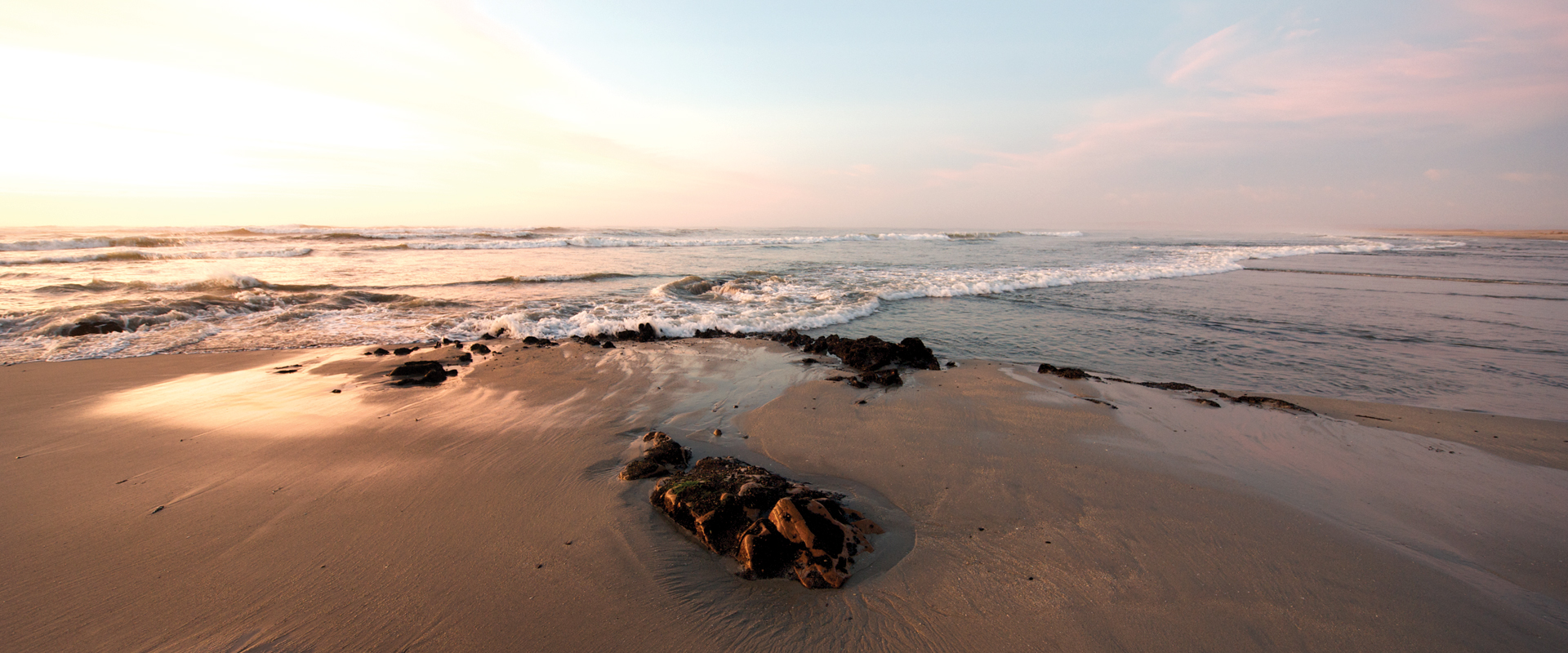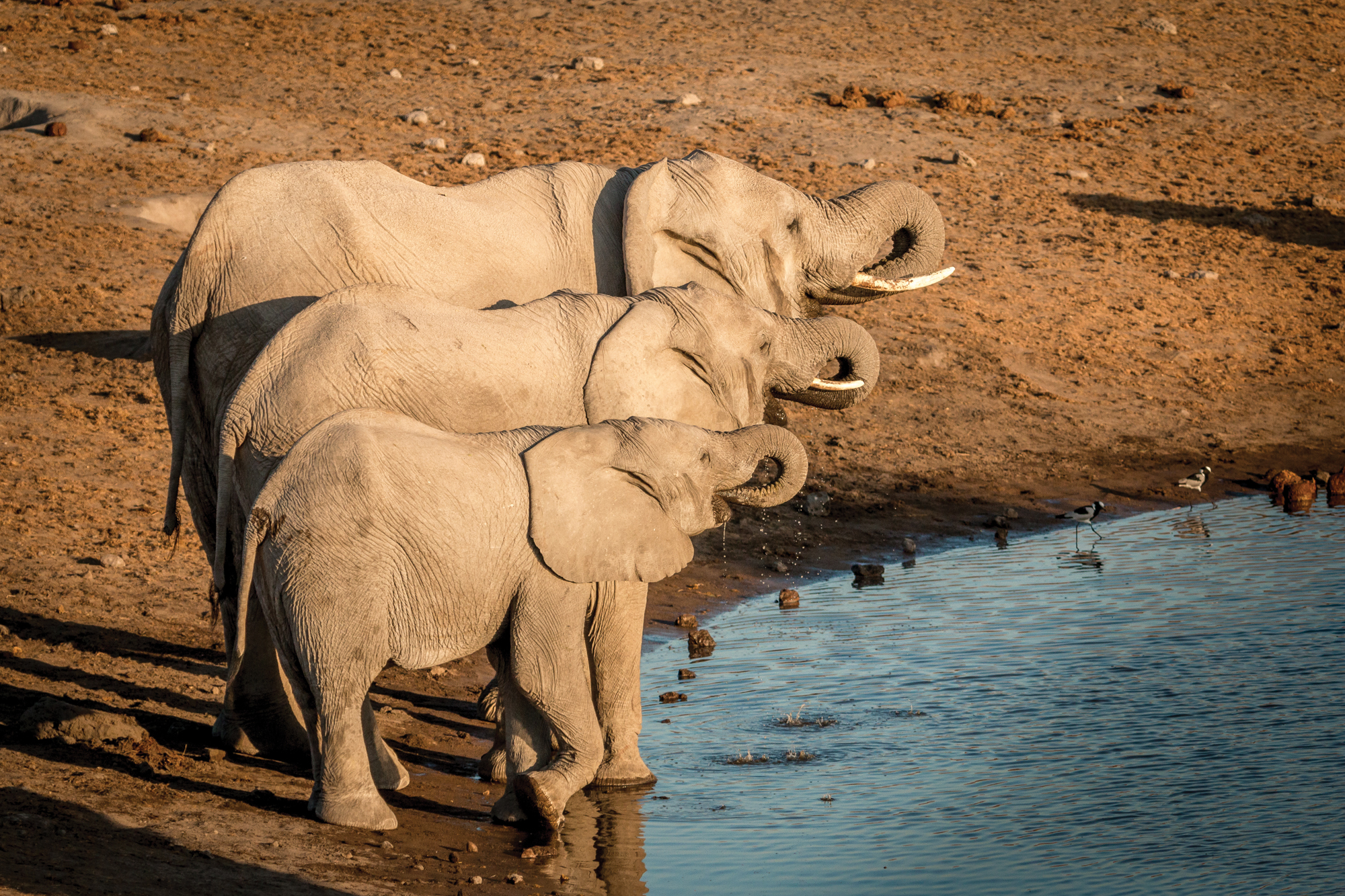
Base camp for a wild journey through the interior
June 13, 2017
This is my Namibia – Winter 2017
June 15, 2017Few people are in as fortunate and opportune a position to constantly capture amazing photos as tour guides. This season we follow three photographers who mainstream as guides travelling across the country or hosting guests at lodges. Every trip may be unique, and each experience special in its own way, but you can be sure that it is your guide that will make your journey to Namibia unforgettable!
GERHARD THIRION
G rowing up on a farm just north of Etosha National Park, I developed a passion for wildlife, nature and cultures at a very early age. Holidays were spent in the African bush – horse riding, walking, sleeping under the stars and conducting game capture operations.
After nine years in the freight handling business, my heart still yearned for the bush. I had the desire to share my nature experiences with others. When Wilderness Safaris offered me a permanent position as a mobile safari guide, I made the career change without hesitation.
I am currently the general manager for Wilderness Safaris’ Explorations Department in Windhoek and am still actively involved as a guide. I definitely have the best job in the world. My favourite activities include safaris in the most remote areas in search of different indigenous cultures or tracking free-roaming black rhino and desert-adapted elephants.
Photography is a great way to keep a record of what I do and to share once-in-a-lifetime experiences and memories with others. I enjoy capturing wildlife and people as there is always some kind of interaction, but I also have a great affinity for aeroplanes. My images are unedited and therefore serve as memories rather than arty displays






TARRY BUTCHER
I bought my first camera, a Canon EOS 450, with the tips I earned while working at Felix Unite on the Orange River. For more than seven years it was my trusty travel companion that snapped over 60 000 shots in South Africa and Namibia until it was unfortunately stolen. I upgraded to the Canon EOS 70D for its fast shutter speed that is ideal for bird photography. Seeing that my first camera was a Canon, the brand made its way well into my comfort zone.
I use the 100-400 mm telephoto lens for photographing people from a distance. The fact that they do not anticipate being photographed results in the best shots. Yet, for culture photography, it is recommended to build a relationship with the people you plan on photographing. I have often spent hours in remote villages to get to know the village and its inhabitants. My second lens is the standard 18-55 mm for quick shots of landscapes and lodges. Last but not least, given the amazing landscapes in Namibia, no photographer is complete without a wide angle, such as the 10-18 mm F4.5 I use.
My photos present the highlights of what Namibia has to offer.


CLEMENT LAWRENCE
I am the General Manager at Hoanib Skeleton Coast Camp and have been working in the wilderness for over ten years in many different parts of Namibia. I instantly fell in love with the vast spaces. My camera is a Canon 7D Mark and I switch between two lenses, namely the 100-400 mm and a short wide angle lens.
Photography in Namibia becomes an interpretation of how fauna and flora are able to survive in extraordinary environments. Photography goes hand in hand with a passion for the outdoors, as it means spending your days in the most spectacular parts of the country. Our country’s diversity makes it tough to single out my preferred spot, because I love Namibia as a whole. I do, however, have a favourite season – like any Namibian, I love the rainy season, owing to the surreal transformation of the dry land we are used to. Even the animals tend to behave differently during this seasonal change.
Photography offers us the opportunity to preserve the beautiful country and animals that we are lucky to have. Responsible tourism starts with us, the locals, and if we preserve what we have future generations will be able to benefit from it too.




This article was first published in the Travel News Namibia Winter 2017 issue.


